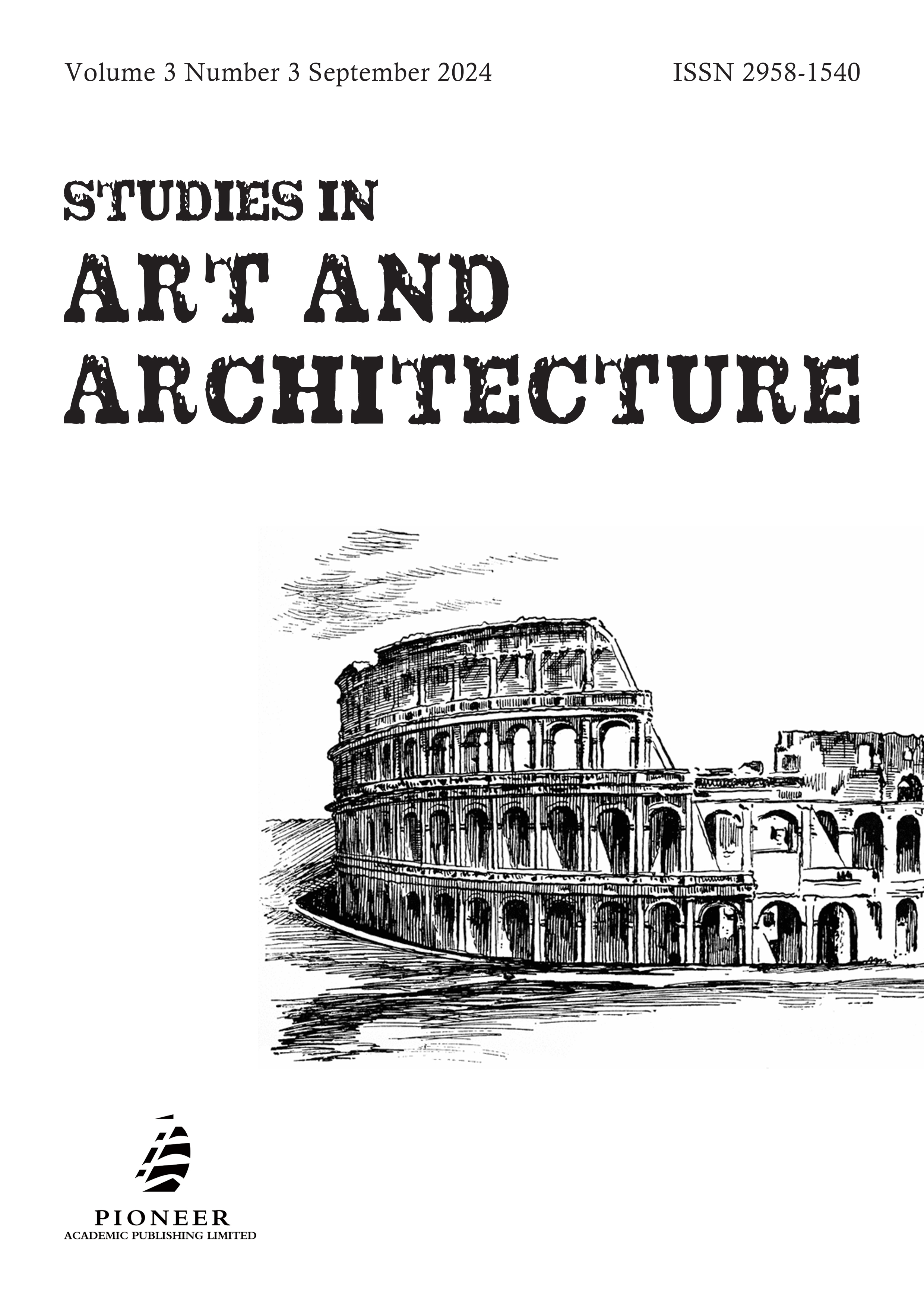Aesthetic Study of Spatial Design in Denis Villeneuve’s Films
Keywords:
Denis Villeneuve, spatial design, science fiction films, natural landscapes, architectural styles, narrative temporalityAbstract
Canadian director Denis Villeneuve has carved a distinctive niche in the realm of science fiction cinema with his unique spatial design aesthetics. This paper examines his directorial works including Dune, Blade Runner 2049, and Arrival, exploring how he intricately reveals complex relationships among human emotions, societal structures, and future technologies through natural landscapes, architectural styles, and narrative temporality. Natural landscapes serve not merely as backgrounds but as profound mediators of emotional dialogue with characters. Architectural styles not only align with world-building but also embody technological practicality and functionality. Narrative temporality, employing non-linear structures, deepens inner struggles of characters and exploration of destiny. Villeneuve’s films dazzle not only visually but also provoke profound contemplation on human existence and cosmic significance.


